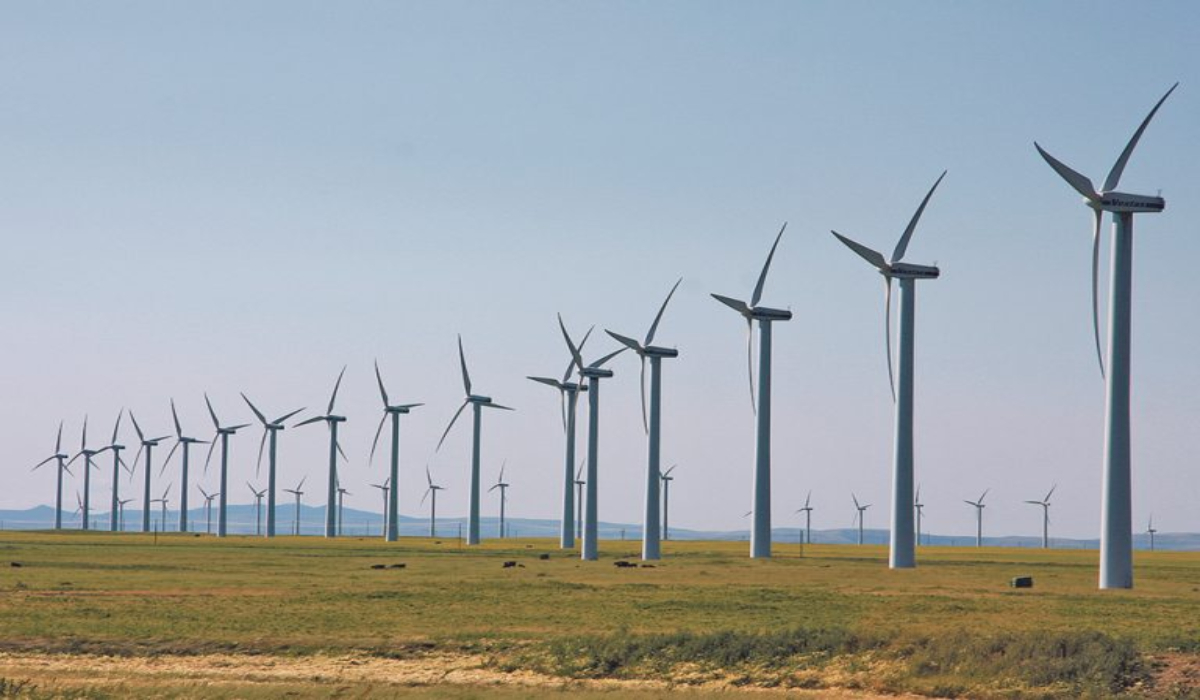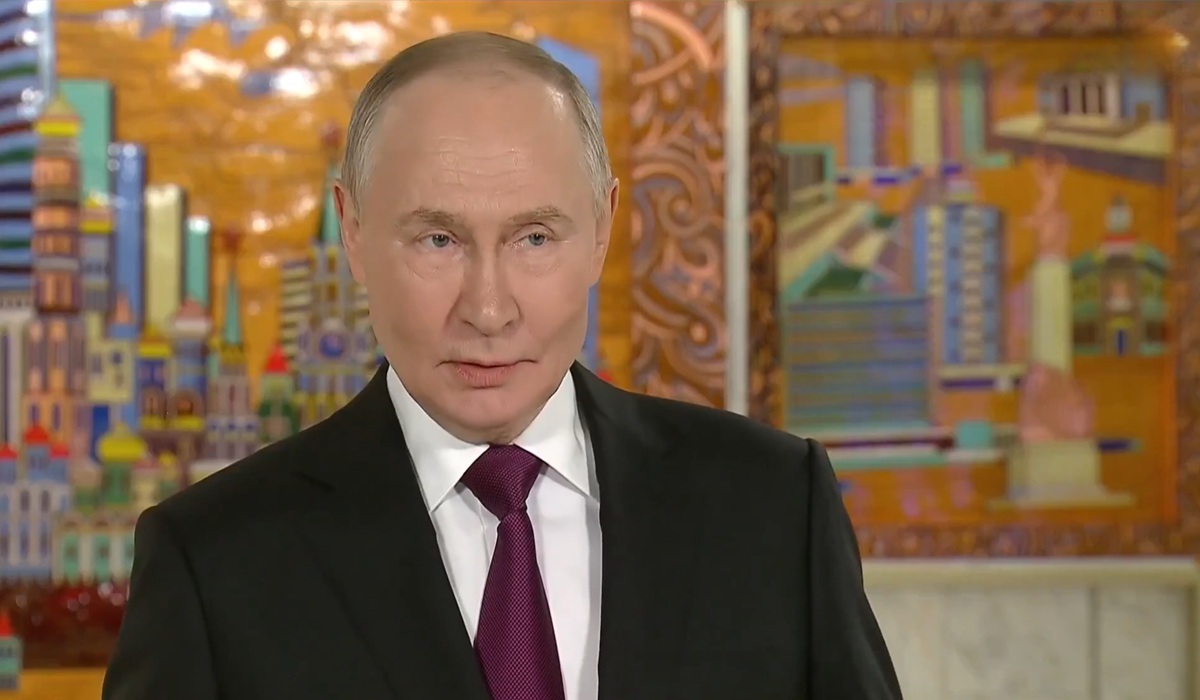EMEA Small Wind Turbines Market Is Estimated To Witness High Growth Owing To Increasing Focus On Renewable Energy Sources
- Ronak Shah
- U.S.A
- January 21, 2025

The EMEA small wind turbines market is estimated to be valued at US$ 32.06 Bn in 2024 and is expected to exhibit a CAGR of 6.2% over the forecast period 2024- 2031, as highlighted in a new report published by Coherent Market Insights’ The EMEA small wind turbines market is estimated to witness high growth over the forecast period owing to increasing focus on renewable energy sources and supportive government policies and initiatives promoting installation of small wind turbines.
Various governments in the region are offering subsidies and financial incentives for installation of small turbines to generate power especially in rural areas not connected to main grid. Moreover, technological advancements have led to development of more efficient and cost effective small turbines which can work in low wind speed areas, thus increasing their adoption.
Key Market Trends: Distributed power generation trend: Adoption of distributed power generation through small wind turbines is rising in the region owing to benefits such as off-grid and emergency power supply. Small turbines can prove beneficial for households, telecom towers, irrigation pumps located far from main electric grids. Moreover, integrated solutions combining solar PV and wind are gaining traction to provide reliable backup power.
Rising energy demands: Growing energy demands from burgeoning populations as well as increasing industrial and commercial infrastructure is fuelling installations of small turbines in the region. These help supplement power from main grids as well as reduce burden during peak hours. Rural areas with limited grid connectivity are key targets for small turbines projects.
EMEA Small Wind Turbines Market Opportunities: by Type Insights: The rooftop wind turbines segment accounted for the highest revenue share of more than 40% in 2019 and is expected to witness a growth rate of 5.8% during the forecast period. Rooftop wind turbines are ideal for households as they can be easily installed on rooftops to generate electricity without requiring much space. Their compact size and superior performance in urban environments with variable wind speeds is boosting their adoption.
By Capacity Insights: The up to 1 kW capacity segment generated a revenue of USD 12 Bn in 2019 and is poised to grow at a CAGR of 6% during the forecast period. Turbines with up to 1 kW capacity are suited for residential and small commercial setups having low power requirements. Their low cost of installation and minimal maintenance requirements make them attractive for households and small shops.
Key Market Takeaways: The EMEA small wind turbines market size was valued at USD 32.06 Bn in 2024 and is anticipated to witness a CAGR of 6.2% during the forecast period 2024-2031, owing to rapid growth in decentralized energy production across the region.
On the basis of type, the rooftop wind turbines segment is expected to hold a dominant position during the forecast period, owing to their compact size and high performance in urban areas.
By capacity, the up to 1 kW segment is projected to be the most attractive during the forecast period due to low installation costs and minimal power needs of households.
On the basis of region, North America is expected to hold a dominant position over the forecast period, due to supportive policies and initiatives to boost the adoption of renewable energy in the region.
Competitor Insights: Key players operating in the EMEA small wind turbines market include Nordex SE., Eoltec, Royal Dutch Shell Plc, Ørsted A/S, and Vestas among others. Partnerships and collaborations are expected to help these players to strengthen their presence in the market.
Recent Developments: Countries across Europe have ambitious renewable energy targets for 2030 and are ramping up policy incentives to achieve them. Germany extended corporate tax exemptions for small-scale wind projects until 2026. Italy is offering capital grants up to 30-40% of project costs for residential renewable systems up to 200 kW capacity under its conto energia scheme. The United Kingdom allocated additional funding for the Rural Community Energy Fund to support off-grid villages and hamlets. Nordic nations like Sweden, Norway and Finland provide low interest loans and capital subsidy models similar to conto energia. Regulatory frameworks promoting power purchase agreements between independent power producers and utilities encourages larger commercial and industrial setups. Such enabling policy environment is expected to drive cumulative small wind installation in EMEA to cross 800 MW capacity by 2024. More information in full report.








